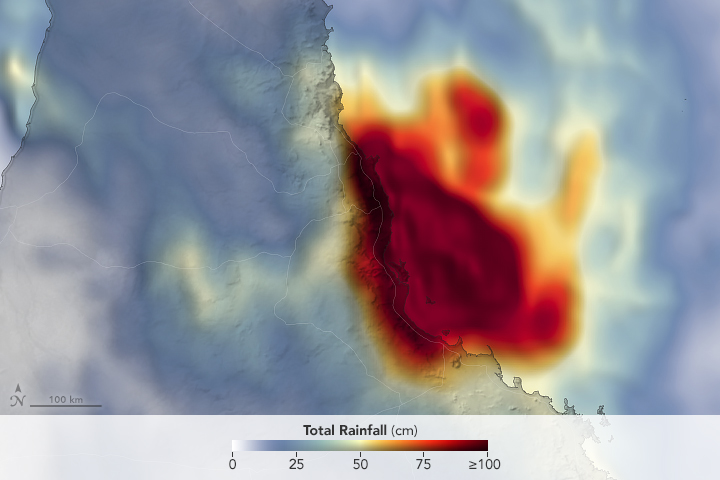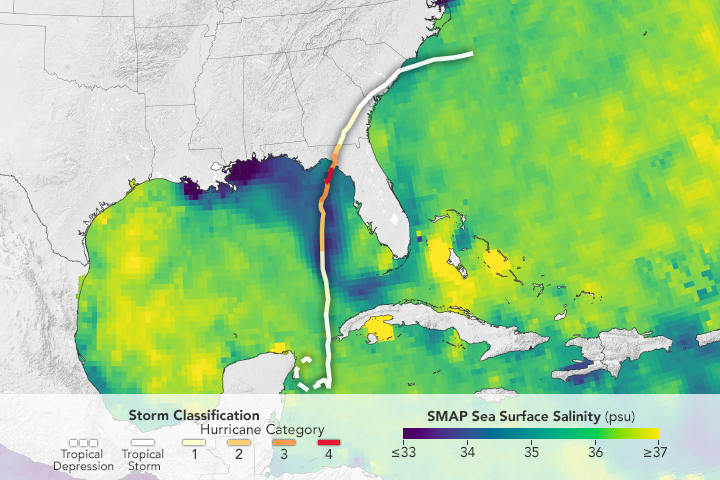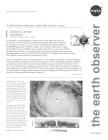



Recent Imagery
You will be directed to the NASA Visible Earth webpage when you select Images by Mission below, or click on the images at right that are randomly generated to represent four out of all possible topics.
The Earth Observer has a new look! Visit the NEW Earth Observer website.
The Earth Observer: Sep - Oct, 2009
In This Issue
Click title below to view page
- Editor’s Corner Front Cover
- Feature Articles
- A Shift in Direction: EOS in the Mid-1990s4
- EOS Data and Information System (EOSDIS): Where We Were and Where We Are, Part II8
- The Role of Visuals in Science Communication15
- Earth System Science at 20
- A Symposium to Explore Accomplishments, Plans, and Challenges18
- Meeting/Workshop Summaries
- Global Satellite Vegetation Monitoring: Summary of the 4th Global Vegetation Workshop32
- Landsat Science Team Meeting Summary34
- SMAP Algorithms & Calibration/Validation Workshop40
- In The News
- NASA Satellites Unlock Secret to Northern India’s Vanishing Water44
- Honey Bees Turned Data Collectors Help Scientists Understand Climate Change46
- Regular Features
- EOS Scientists in the News48
- NASA Science Mission Directorate—Science Education Update50
- Science Calendars51
Editor’s Corner
Steve Platnick, EOS Senior Project Scientist – Acting
On September 1, NASA Headquarters released results for the 2009 Earth Science Senior Review. The review evaluated extended mission proposals submitted in late March for 13 satellite missions that are, or soon will be, beyond their Prime Mission lifetimes (ACRIMSAT, Aqua, Aura, CALIPSO, CloudSat, EO-1, GRACE, ICESat, Jason-1, Quik- SCAT, SORCE, Terra, and TRMM); this was the first Senior Review for Aura and CALIPSO. Though the Senior Review is a biennial process, this year’s review provided mission direction and funding guidelines for fiscal years (FY) 2010–2013; the FY2012-13 guidelines are considered preliminary and will be revisited at the next Senior Review in 2011.
The process began with a call letter released on January 21. Two budgets were sought: an in-guide budget that covered continuation of the basic mission and its core products and a so-called optimal budget that would support additional activities. There were some notable differences compared to...
Read more...

